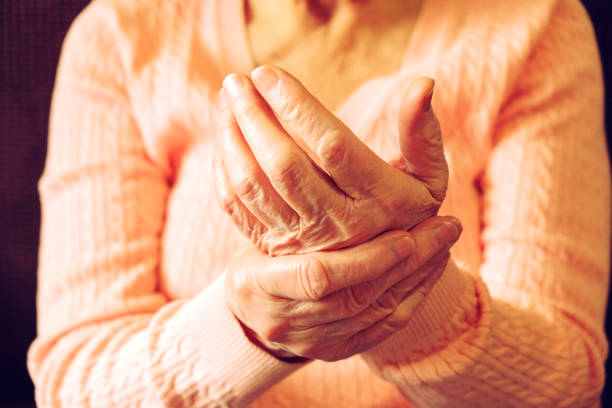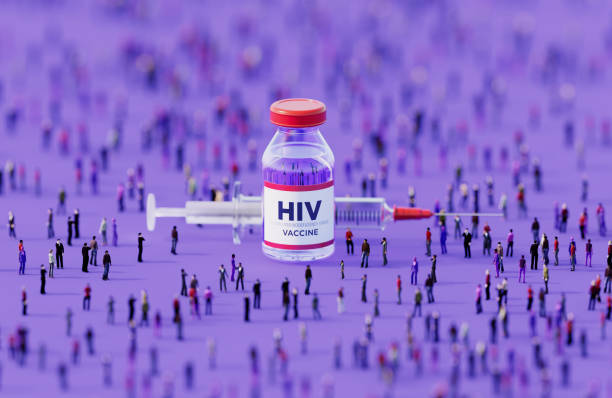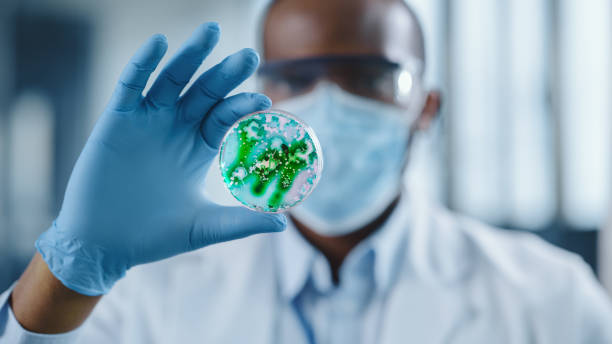“Left, right! Left, Right!! Left Right!!! Higher your legs above the ground, higher your legs above the ground…” That was Dare, commanding his 8 year old Brother – Kola, as they practiced at home in preparation for their upcoming inter-house sports in school. Their Grandma watching on in admiration remembered the good old days. “Grandma!” called Kola, “Yes!” came her response. “Come and teach me how to match for our inter-house sports.” He said, believing that she knows better than Dare. “With which leg?” asked Grandma? “Is it that this boy has not noticed how I have been walking since I arrived yesterday?…She thought. Hmmm…
The question is: ‘Must every old woman come down with Arthritis as they age.’ Of course not! That is why we are here to enlighten you on how to work, so your legs can be ‘working,”walking,”matching’ and even ‘running.’ Possible? Yes, possible. Let’s go!
Arthritis is a broad term that refers to inflammation of the joints, causing pain, stiffness, and swelling. It has many children or types, there are over 100 types of arthritis, with the most common being osteoarthritis and rheumatoid arthritis. We will give you a brief of just six (6) of them.
Types of Arthritis
a. Osteoarthritis (OA)
This is the most common type and it is caused by wear and tear on joints over time. It is common in older adults but can occur earlier due to injury or overuse of the affected part. It affects weight-bearing joints (knees, hips, spine or hands.)
b. Rheumatoid Arthritis (RA)
Autoimmune disease where the immune system attacks joint lining leads to inflammation, pain, and joint deformity. It can affect other organs (heart, lungs, eyes.) and is more common in women.
c. Gout
Caused by uric acid buildup, forming crystals in joints, it often affects the big toe. It’s usually a sudden, severe pain and swelling and mostly triggered by certain foods (red meat, alcohol, seafood)
d. Psoriatic Arthritis (PsA)
Occurs in people with psoriasis (a skin condition) – causing joint pain, swelling, and skin symptoms. It can as well lead to permanent joint damage if left untreated.
e. Ankylosing Spondylitis (AS)
Affects the spine and sacroiliac joints; it can cause stiffness and fusion of the spine. This is more common in men than in women.
f. Juvenile Arthritis (JA)
This affects children and teenagers. This is when autoimmune condition causesg joint pain and swelling; it can impact growth and development.
Causes and Risk Factors
1. Genetics – Family history increases the risk of having it.
2. Age – It is more common in older adults.
3. Injury – Past joint injuries can lead to arthritis.
4. Obesity – Extra weight puts pressure on joints.
5. Autoimmune Disorders – Overactive immune system causes RA and PsA
6. Lifestyle Factors – Smoking, poor diet, and lack of exercise.
Symptoms
a. Joint pain and stiffness
b. Swelling and redness
c. Decreased range of motion.
d. Morning stiffness (common in RA)
e. Warmth around the affected joint
f. Fatigue (especially in autoimmune arthritis.)
Diagnosis
Doctors diagnose arthritis using:
Physical Exam – Checking joint swelling and mobility
Blood Tests – Look for inflammation markers (e.g., rheumatoid factor, uric acid)
X-rays & MRIs – Detect joint damage and erosion.
Treatment Options
a. Medications
Pain Relievers – Acetaminophen, NSAIDs (e.g., ibuprofen, naproxen)
Steroids – Reduce inflammation (prednisone)
Disease-Modifying Antirheumatic Drugs (DMARDs) – Slow progression (for RA, PsA)
Biologics – Target immune system proteins (for severe RA, PsA)
Uric Acid-Lowering Drugs – For gout management
b. Lifestyle Changes
Exercise – Low-impact activities (swimming, walking, yoga)
Diet – Anti-inflammatory foods (fish, nuts, leafy greens)
Weight Management – Reduces stress on joints
Physical Therapy – Improves mobility and strength.
c. Alternative Treatments
Acupuncture
Hot and cold therapy
Supplements (glucosamine, chondroitin, turmeric)
d. Surgery (for severe cases)
e. Joint Replacement – Hips, knees, and shoulders
Arthroscopy – Minimally invasive surgery to remove damaged tissue
Joint Fusion – Stabilizes smaller joints (fingers, wrists.)
It is not compulsory every old person comes down with Arthritis.
Though you can’t always prevent it if it’s caused by genetics, age, or autoimmune issues —but there are definitely things you can do to lower your risk or delay its onset, especially the more common types like osteoarthritis. Let’s see how:
1. Maintain a Healthy Weight
Excess weight puts strain on joints generally but losing even a small amount of weight can significantly reduce its risks.
2. Staying Active
Regular exercise would be helpful as it keeps joints flexible, thus strengthening the muscles around them.
Involving yourself in low-impact activities like swimming, walking and cycling would go a long way to help you stay away from the disease.
3. Protect Your Joints
Avoid repetitive motion injuries and use proper techniques when lifting or moving.
4. Anti-Inflammatory Diet Inclusion
The goodness in fruits, veggies, whole grains, lean protein, and omega-3 fatty acids (like in fish or flaxseeds) cannot be overemphasized. Kindly include them in your diet, will you?
Processed foods, sugar, and trans fats may trigger inflammation. Limit their intake or cut them off altogether.
5. Don’t Smoke
Only a few women are guilty of this. However, it is most common in men. Smoking can actually increase the risk of rheumatoid arthritis and can make existing symptoms worse.
6. Blood Sugar Control
High blood sugar can stiffen joints and increase inflammation—linked to both osteoarthritis and rheumatoid arthritis risk.
7. Stay Hydrated
Cartilage in joints needs fluid to stay lubricated and cushion movement. So ensure you take in adequate water daily, even when you don’t feel like.
8. Regular Checkups
If arthritis runs in your family or you notice joint pain, stiffness, or swelling, early diagnosis can help slow down progression. So, always go for check up.
Keep working on the above and your joints will be working.





